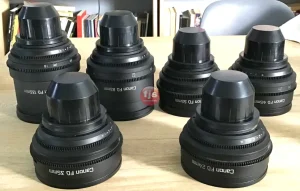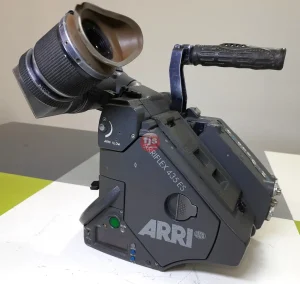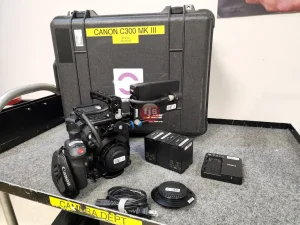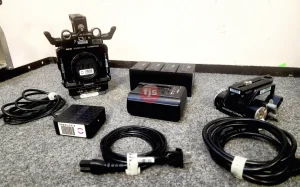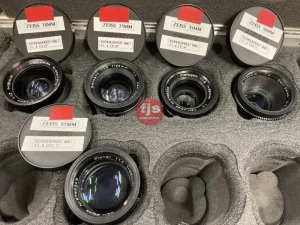Video stabilization technology has revolutionized the way we capture and produce videos. Gone are the days of shaky and blurry footage, thanks to advancements in image stabilization and camera shake reduction. In this post, we will delve into the world of camera stabilization technology, exploring its history, industry impact, and providing examples of the various techniques and tools available.
- 1. History of Video stabilization technology:
- The journey of video stabilization technology dates back to the early days of cinematography. (Insert specific date or era) In its nascent stages, stabilization was achieved through the use of mechanical devices and techniques such as tripods, dollies, and steadicams. These tools helped reduce camera shake to a certain extent, but they were not entirely foolproof. However, with the advent of digital technology, new possibilities emerged.
- 2. How does image stabilization work?
- Image stabilization technology aims to counteract the involuntary movement or vibrations that occur when capturing videos. There are two primary types of image stabilization: optical and digital. Optical stabilization utilizes lenses or sensors that move in response to camera movement to compensate for shakes. On the other hand, digital stabilization involves post-processing techniques that analyze and adjust the captured footage to reduce shake and blur.
- 3. Industry impact of Video stabilization technology:
- Video stabilization technology has had a significant impact on various industries. In the field of filmmaking, it has allowed filmmakers to achieve smooth tracking shots and steady handheld footage without the need for expensive equipment or extensive setups. This has democratized the art of filmmaking, enabling aspiring filmmakers to create professional-looking videos on a budget.
- In the realm of sports broadcasting, video stabilization technology has enabled capturing fast-paced action with minimal blur, enhancing the viewing experience for audiences around the world. Additionally, in the field of vlogging and content creation, image stabilization has become a crucial feature for capturing high-quality videos, attracting and retaining viewers.
- 4. Examples of Video stabilization technology:
- a. Optical Image Stabilization (OIS): This technology is commonly found in high-end cameras and smartphones. It utilizes movable lens elements or sensors to compensate for camera shake, resulting in sharper and more stable footage.
- b. Electronic Image Stabilization (EIS): This technique relies on algorithms and software to analyze and adjust the captured footage in real-time. EIS is often found in action cameras and smartphones, offering stabilization capabilities without the need for physical mechanisms.
- c. Gimbal Stabilizers: These handheld devices utilize motorized gimbals to keep the camera steady while allowing the user to move freely. Gimbal stabilizers have gained popularity in the filmmaking and content creation communities for their ability to capture smooth, cinematic shots.
Conclusion:
Camera stabilization technology has come a long way, transforming the way we capture and view videos. From the early mechanical devices to the modern optical and digital stabilization techniques, the industry has witnessed remarkable advancements. With the advent of image stabilization, shaky footage is now a thing of the past, allowing filmmakers, content creators, and even everyday users to capture professional-looking videos with ease. As technology continues to




